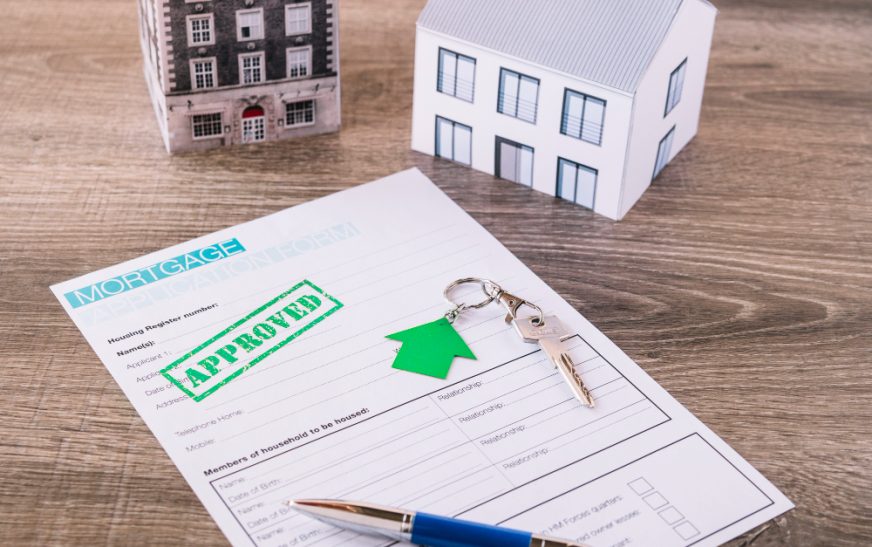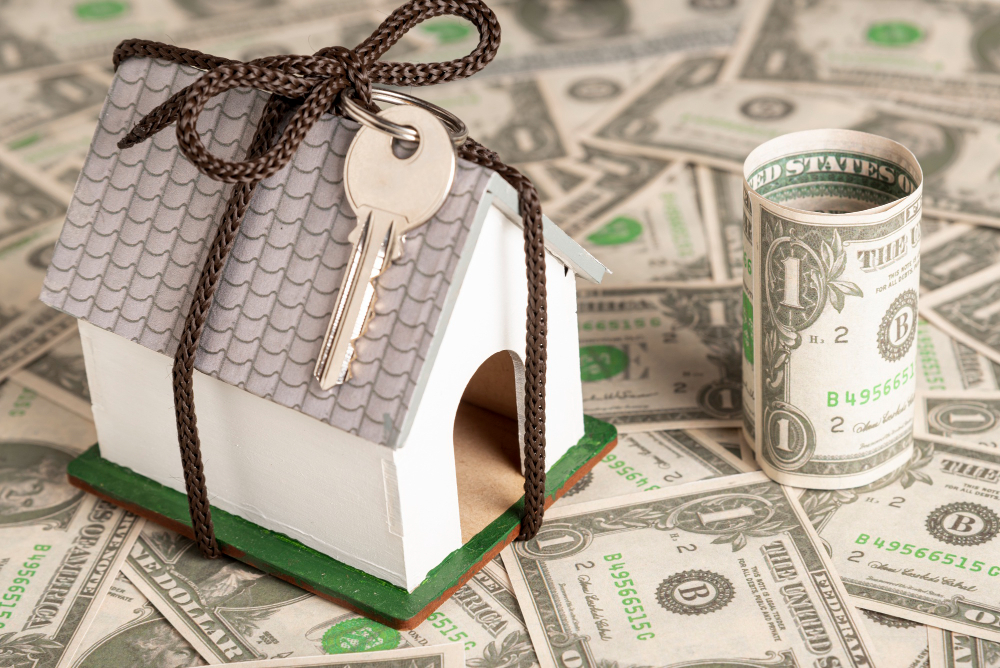To invest in one’s future, renting out a residential property is a great idea in the long run, as it may offer long-term income, regular cash flow, and tax benefits. As a rental property investor, a range of insurance options can be limited. One critical insurance cover that is often left out is landlord insurance. Every property owner should be aware of the risks that arise from unforeseen property damages or natural disasters in this unpredictable world.
Being a property owner involves several responsibilities, including potential risks such as loss of rental income. Investors should be careful in choosing landlord insurance to protect their properties and rental income. There is always an element of risk when renting out someone’s house but with good insurance policies, one can manage this risk very well as these policies reduce them to the lowest levels possible. Read along as this post answers the question: how can landlord insurance protect rental assets? Let’s go
What is Landlord Insurance?
Landlord insurance policies differ depending on the insurance company offering the coverage. In general, landlord insurance aims to provide a wide range of coverage for rental property owners. Landlord insurance covers a variety of risks, such as property damage, loss of rental income, and liability protection.
Property damage insurance protects you against losses caused by a tenant or natural disasters like fire, flood, or earthquake. Loss of rental income coverage protects you against losses resulting from tenant eviction, lease termination, or property damage that renders the property uninhabitable. Liability insurance protects you against claims for injury or damage caused by the rental property. It also covers legal fees and medical expenses. You can negotiate insurance prices and work with a Philadelphia rental manager to assist with regular maintenance.
Difference between Landlord Insurance vs Homeowners Insurance
Landlord insurance often covers any loss of income caused by tenant issues such as late rent payments, repairs needed due to tenant damage, legal fees associated with renter’s disputes, and property damage caused by natural disasters or malicious conduct. These policies may also cover any liability claims resulting from injury or property damage caused by the tenant’s negligence. It is a type of insurance that may also cover losses caused by theft, vandalism, or weather damage, depending on the policy.
Landlord insurance protects both your property and occupants from liabilities and property damage. Usually, this kind of insurance is tailored to meet the specific needs of a landlord. It’s even easier to get the best deal from landlord insurance by making sure your rental is well-maintained. If an incident, like a house fire, results from a tenant’s carelessness and causes property damage, property damage insurance can assist. It also covers any harm brought on by unintentional natural disasters like floods, tornadoes, or hurricanes, which may hold a landlord financially responsible for repairs. Liability insurance may protect the landlord from lawsuits, especially if a tenant is injured on the property,
On the other hand, homeowner’s insurance frequently only pays for the primary residence, including any extensions or permanent structures. The provisions of this type of coverage are primarily focused on protecting the homeowner from damage brought on by accidents or natural disasters, and they are not always directed toward tenants. Any structural repairs or improvements to the property that the homeowner deems valuable are covered by this insurance. However, if these renovations are due to the tenant’s actions, the claim may not be covered by a homeowner’s insurance.
In the event of a negligent fire or a technical or power outage, homeowner insurance goes beyond typical landlord insurance to protect the residence itself. A homeowner may find it easier to afford the repairs needed to keep their house habitable with the help of this extra coverage. If a homeowner must leave their home because of an insured incident, their homeowner’s insurance will also pay for additional living expenses. This coverage can help with living expenses such as rent, groceries, and other necessities when someone moves out.
It is clear how homeowners insurance and landlord insurance differ from one another. If you intend to rent out your property, consider obtaining landlord insurance. Homeowners who wish to secure their property for residential use can use homeowner insurance investments. The kind of insurance chosen should always be assessed as a component of a comprehensive housing strategy and tailored to the use of the property.
Factors that Affect Cost of Landlord Insurance
The owner who rent their properties requires this kind of insurance. This insurance policy can help protect the landlord from huge financial losses as it covers many things. The cost of landlord insurance varies based on factors like natural disasters, rental value, and other features of the house. If they get covered by this type of insurance, landlords will have much control over their income including making informed choices around finances.
Risks for Natural Disasters
The costs of insuring landlords rise when natural disasters are involved. Regions that have a high likelihood of hurricanes, wildfires, or earthquakes usually experience considerably high insurance costs. Companies that provide insurance for such perils always face higher risks since they commonly result in enormous damages. Normally in areas where chances for hurricanes are diminishing, the insurance charge on a property tends to decrease.
To set rates, insurers look at past experiences with natural disasters, how frequently they occur, and the possible extent of the damage. The cost of insurance will also likely increase if additional policies are needed to provide coverage against specific natural disasters. Property owners in high-risk areas should be aware and ready for these increased costs and plan on taking precautions against possible harm, like putting in place cutting-edge safety features or reinforcing their properties.
Rental Amount
The rental amount has a major impact on the cost of landlord insurance because it represents the potential financial loss in the event of damage and the property’s value. Higher insurance premiums indicate the property is a more valuable asset, which is implied by higher rental income. This is so that the insurance will cover the possible loss of significant rental income if damage renders the property unusable.
Higher-rent properties also often call for more comprehensive coverage for protection against bigger financial losses, which raises the cost of insurance. To protect their investment, landlords should ensure their insurance policies fully cover any loss of rental income and match coverage to the rental value of the property.
Property Features
The cost of landlord insurance is greatly influenced by the features of the property. The property’s age and construction materials, its safety features, and the availability of amenities are all important things to be considered. Higher costs can stem from outdated systems in older buildings, which raise the risk of problems like plumbing leaks or electrical fires.
Building materials are important as well; properties constructed with sturdy or fire-resistant materials typically have lower insurance premiums. Lowering the chance of damage or theft, by adding safety features like security alarms, sprinkler systems, and fire alarms can give higher chances of lower insurance rates. Furthermore, they draw renters with additional features like gyms and swimming pools. It may raise liability risks and, consequently, insurance premiums. In general, well-maintained properties equipped with contemporary safety features tend to have better insurance rates.
Crime Rate
Another important factor affecting the cost of landlord insurance is the crime rate in the area where the property is located. Properties located in high-crime neighborhoods are more vulnerable to theft, vandalism, and other criminal activity. Insurance costs are directly impacted by the likelihood of such incidents occurring, which is determined by insurance companies by analyzing local crime statistics.
For example, insurance rates will typically be higher for a property located in an area where burglaries occur frequently than for a property located in a low-crime area. As a property owner, making investments in security measures like alarm systems, security lighting, and surveillance cameras, can help offset some of these costs by lowering the risk of crime and possibly their insurance premiums.
Final Thought
Getting landlord insurance is an intelligent decision to protect rental properties. This particular insurance protects against several risks, such as loss of rental income, liability claims, and property damage. Property owners can personalize their insurance policy to meet their specific needs by having a thorough understanding of factors such as local crime rates, rental amounts, property features, and the likelihood of natural disasters. Just like bad debt insurance can protect your business working on a credit basis, landlord insurance is key to help protect rental assets.
In addition to offering financial stability, comprehensive landlord insurance also eases property owners’ minds, enabling them to oversee and expand their rental businesses confidently. Property owners can protect their financial investments and guarantee long-term profitability by proactively addressing possible risks and purchasing the appropriate insurance.


















